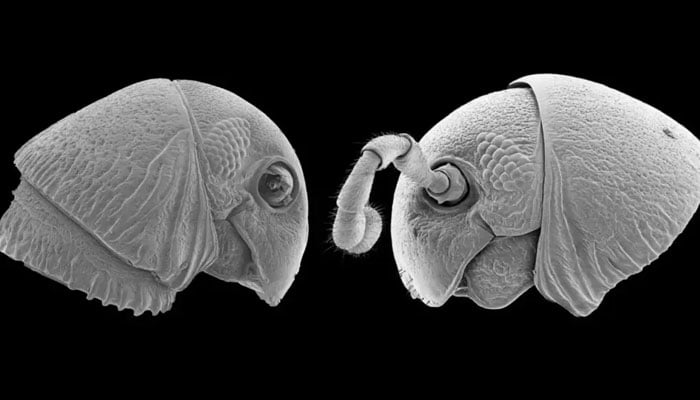Star Wars' aliens-like bugs found in Tanzanian jungle leave scientists unhinged
Researcher Andy Marshall likened these millipedes' heads to characters from iconic Star Wars series
February 12, 2024

In a remarkable scientific expedition, researchers in the Udzungwa Mountains in Tanzania have unveiled a spectacular find – a new genus and five distinct species of millipedes, the New York Post reported.
The discovery, which occurred during a study on tree and vine growth, has sent ripples of excitement through the scientific community, with USC Professor Andy Marshall likening the appearance of these millipedes' heads to characters from the iconic Star Wars series.
The millipedes, concealed within the forest litter and loose soil, proved to be much more than mere indicators of forest health, as Professor Marshall initially assumed.
Measuring just a few centimetres in length, these extraordinary creatures boast an astounding 200 legs each, adding to the mystique of their newfound genus.
The recently identified millipede genus, aptly named Udzungwastreptus, encompasses five unique species: Lophostreptus magombera, Attemsostreptus cataractae, Attemsostreptus leptoptilos, Attemsostreptus julostriatus, and Udzungwastreptus marianae.
This discovery sheds light on the vast unexplored biodiversity within tropical forests, emphasising the critical importance of preserving these ecosystems for future discoveries.
Professor Marshall reflected on the unexpected significance of the find, noting that millipedes, typically studied for their role as indicators of forest recovery, unveiled a whole new dimension of biodiversity.
The Udzungwa Mountains, a region teeming with life, continue to captivate scientists with their ability to reveal previously undiscovered species, reminding us of the need to conserve these ecosystems for the sake of scientific exploration and ecological balance.
As scientists delve further into the complexities of Udzungwastreptus and its five newfound counterparts, the story of their discovery unfolds as a testament to the wonders still awaiting exploration in the heart of our planet's jungles.









